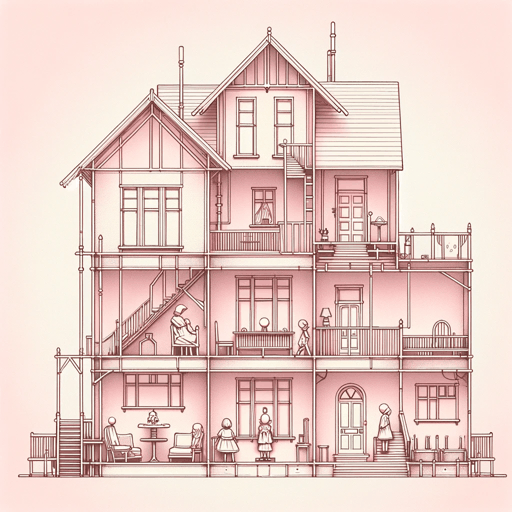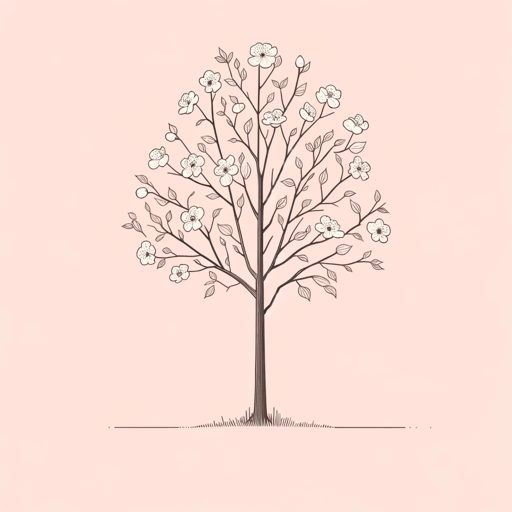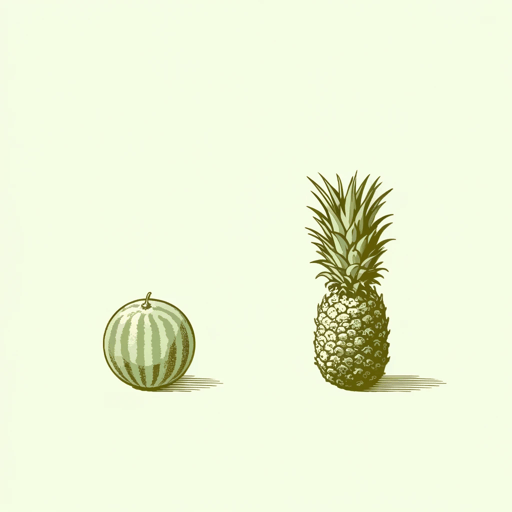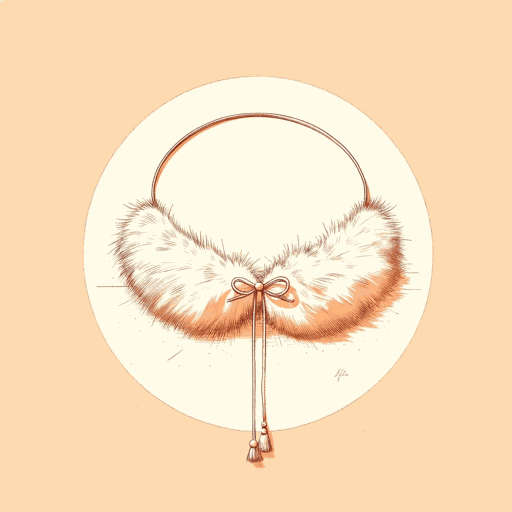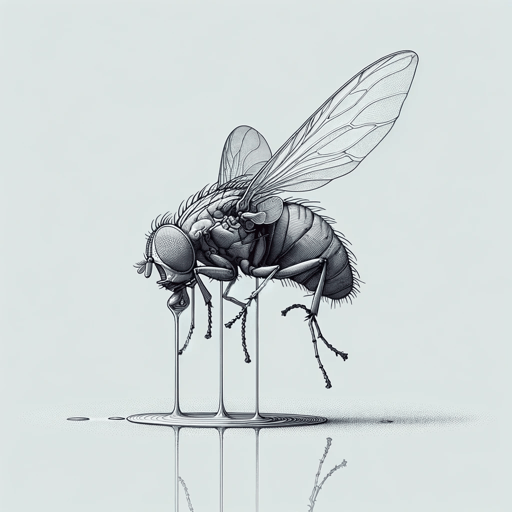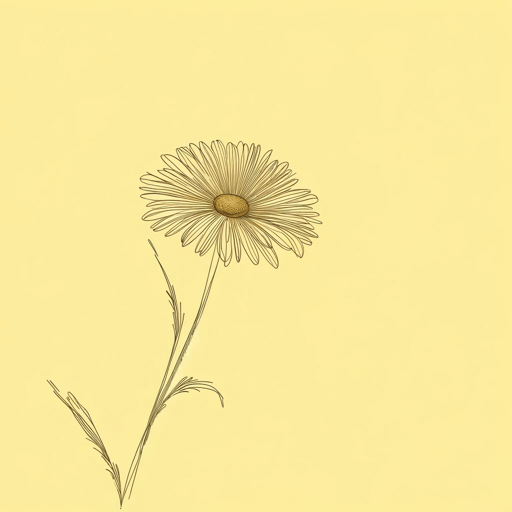28 pages • 56 minutes read
Katherine MansfieldThe Doll's House
Fiction | Short Story | Adult | Published in 1922A modern alternative to SparkNotes and CliffsNotes, SuperSummary offers high-quality Study Guides with detailed chapter summaries and analysis of major themes, characters, and more.
Literary Devices
Imagery
Imagery creates a sensory experience for the reader, allowing them to envision themselves within the world of the text by describing what diegetic characters see, smell, hear, taste, and feel. Imagery also creates a more vivid sense of the characters’ interior worlds. Within “The Doll’s House,” Mansfield uses imagery to allow the reader to access the consciousness of the selected characters more easily, while also achieving a more objective visual scene that any individual character could access.
The doll’s house is described in great detail, and the vivid imagery seems to justify the girls’ fascination with it. Even when the house is described from Aunt Beryl’s less-than-totally-infatuated perspective, the other characters’ declarations about its enchanting physical features justify the hold it has over them.
Bucolic descriptions of the rural setting stand at odds with the tension of social divisions within the domestic space: “Dreamily they looked over the hay paddocks, past the creek, to the group of wattles where Logan's cows stood waiting to be milked” (12). This contrast in imagery emphasizes that the social divisions that dictate the plot are manmade.
Related Titles
By Katherine Mansfield
